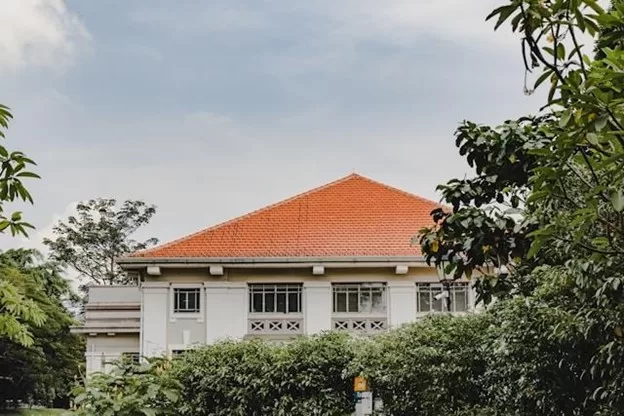Selecting roofing solutions involves more than addressing immediate needs. it’s a pledge to the lasting integrity of structures. As the construction industry shifts towards solutions that reduce environmental impact and strengthen buildings over time.
Roofing solutions act as silent protectors, influencing a building’s immediate environmental impact and long-term durability. Decisions regarding roofing materials, design, and installation have lasting effects throughout a structure’s lifespan.
Key Considerations for Selecting Roofing Materials
Local Environment
Various materials perform better under different weather conditions and respond uniquely to temperature changes. Some can endure extensive sun and rain without damage, while others might develop vulnerabilities and leaks in such environments. For the best guidance on suitable roofing materials for your area, consult a commercial roofing expert.
Choose materials resistant to fungi, mildew, or mold in humid regions. For areas with frequent heavy rains, opt for materials that support a sloping roof design to facilitate water runoff and protect your property from floods and water damage.
Climate Adaptability
Various roofing materials provide different levels of resistance to certain weather conditions. Asphalt shingles are ideal for moderate climates, whereas metal roofs perform well in regions with heavy rain or snow.
Maintenance Needs
Certain roofing materials demand more upkeep to ensure their durability. Assess your readiness and capability to perform regular maintenance tasks like cleaning gutters or checking for damage. Choosing low-maintenance materials can save both time and money over time. A roofing company in Florida can provide optimal roofing solutions tailored to your location and specific needs.
Energy Efficiency
Roofing materials focusing on energy efficiency can lower heating and cooling expenses by reducing heat absorption and reflecting sunlight. Seek out materials with high solar reflectance such as cool tiles made from clay or concrete or metal roofs that have reflective coatings.
Fire Resistance
Selecting fire-resistant roofing materials is vital in regions susceptible to wildfires or with stringent fire safety building regulations. Opt for materials with Class A fire ratings like metal, clay, or concrete tiles, which provide excellent protection against flames and embers.
Visual Appeal
Your roof influences your home’s curb appeal and overall look. Select roofing materials that match your home’s architectural style and boost its visual appeal. Whether you favor the timeless appearance of:
- Asphalt shingles
- Rustic allure of wood shakes
- Sleek modernity of metal
Lifespan and Durability
Durable roofing material leads to long-term savings. Always evaluate the material’s longevity and resilience. Certain materials, such as slate or metal, can endure for several decades. Others might need more frequent upkeep or replacement. In the roofing industry, a realistic roof lifespan is 30 years. However, asphalt shingle roofs average around 25 years.
Depending on the chosen materials, your roof could last from 20 years (cedar shake) to 50 years (metal roofs). With proper installation and ventilation, your roof is in good shape! Unless an unexpected event occurs, it could last 25 years or more.
Endnote
Keeping an aging building’s roof in good condition and updated is vital for preserving its integrity and ensuring lasting durability. By performing comprehensive evaluations, choosing suitable materials, tackling common issues, and carrying out preventive maintenance, property owners can safeguard their investments and improve roof performance.
